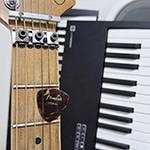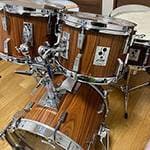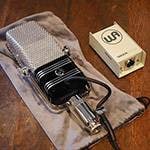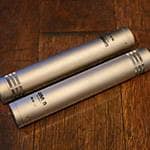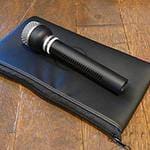Neumann has released a new open-back headphone, the NDH 30, following the popular KH 80 DSP and KH 750 DSP.
In 2019, Neumann launched the NDH 20, a closed-back headphone that has been well-received as a reference headphone. The NDH 30 is an intriguing product as it serves as a monitoring device that follows the NDH 20 and KH monitor speakers, but in an open-back design.
Having had the opportunity to use it, I would like to review it while comparing it to the NDH 20 that I use.
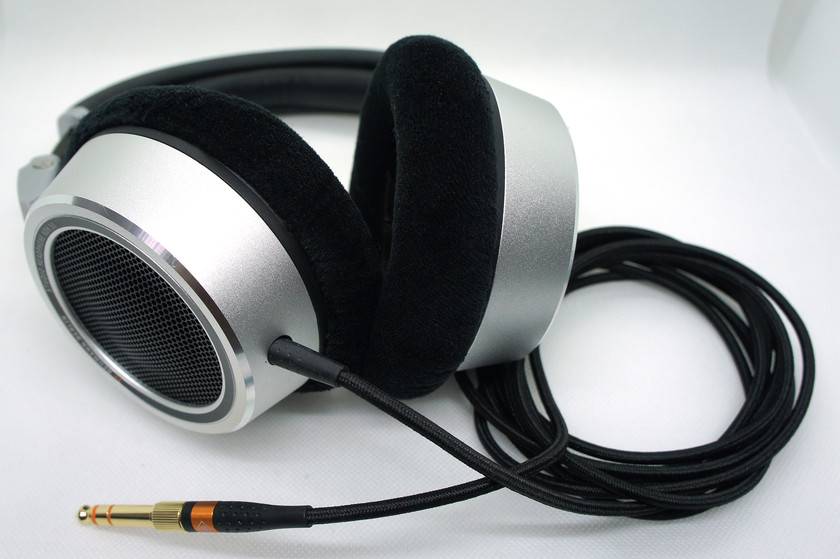
<NDH 30>
Neumann / NDH30 Open-Back Monitoring Headphones
Professional Use Yet Luxurious Packaging
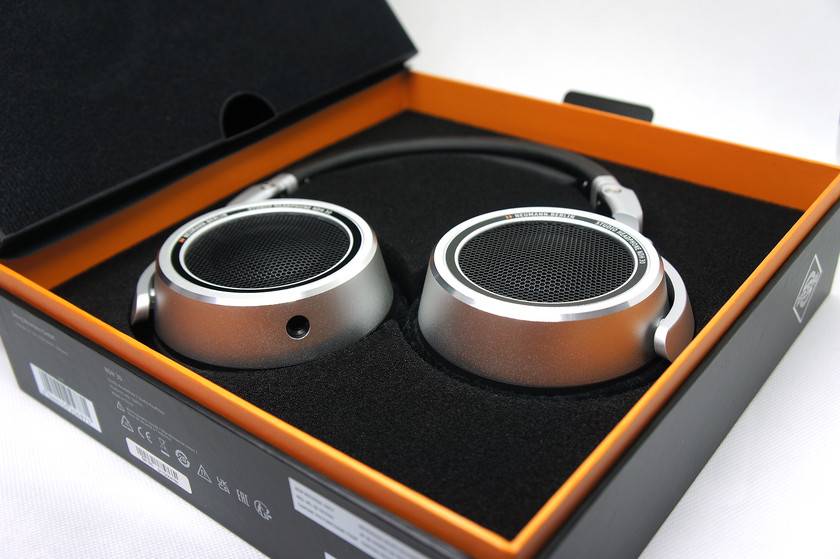
<Sturdy Packaging>
While the price range can be considered relatively accessible for professional products, it’s certainly not cheap, so both the sound quality and the finish of the product are key concerns. I want to first check the packaging, overall quality, and finish.
Although the packaging is made of paper, it is sturdy, and upon opening it, the NDH 30 is neatly housed inside. High-end audio headphones sometimes come in cases like an attaché, and while this packaging is not as heavy-duty, it feels justifiable for the price. If there’s a need for storage or transport, it seems usable as is.
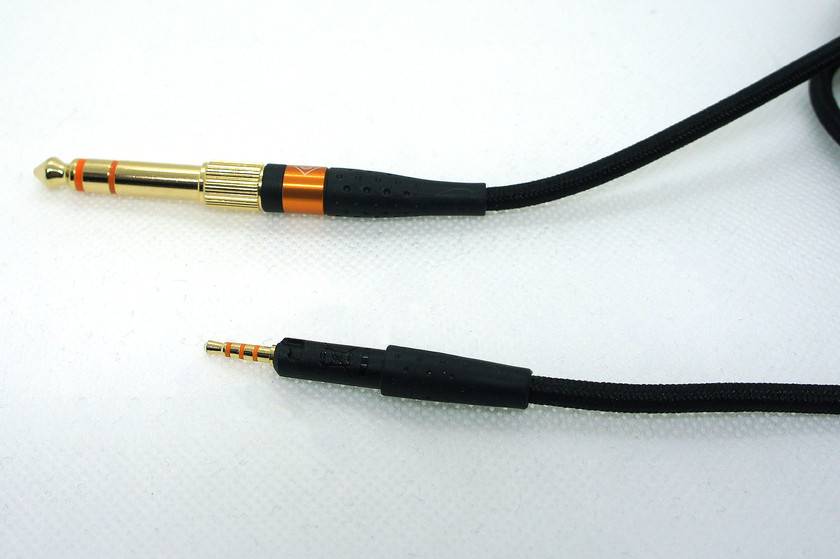
<The Headphone Side Uses a 4-Pole Plug>
The lid of the packaging contains a dedicated cable and a pouch.
The cable is not a typical headphone cable and is specifically designed for the NDH 30, differing from the NDH 20. Inside the cable, the ground channels for the left and right are completely separated, which contributes to the NDH 30’s selling points of high-precision stereo imaging and high-resolution sound. Despite the separation of the left and right ground channels, the NDH 30 connects to devices using a standard stereo phone plug, making it compatible with a variety of equipment.
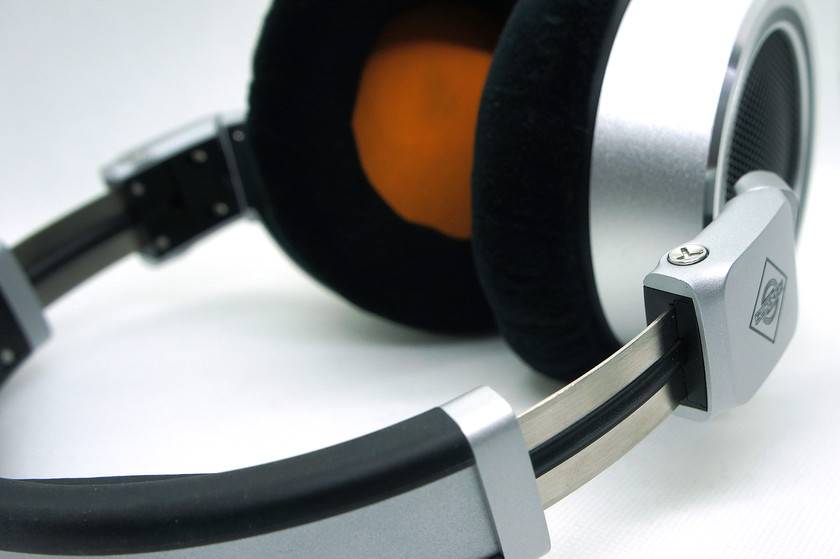
<Robust Headband>
The headband is finished similarly to the NDH 20, designed around steel components, giving it a durable impression. I have used the NDH 20 for a long time, but I have never encountered any issues with the headband. The NDH 30 is expected to have similar durability.
Additionally, since each part is screwed together, it offers high maintainability, allowing for long-term use. For reference, the visible screws are not standard Phillips screws but special ones, adding to the sense of luxury. This attention to detail is very much appreciated.
Notably, the NDH 30 weighs 352g, excluding the cable. This represents a reduction in weight of about 10% compared to the NDH 20, which should help reduce fatigue during extended use.
Natural Sound Without Exaggeration to Aid Accurate Judgment
Next, I listened to various audio sources. The website claims “high-resolution stereo panorama and accurate localization,” so I was curious to hear what the sound was like and how it differs from the NDH 20 and KH 80 DSP speakers.
My first impression of the sound was somewhat cliché, but it was indeed ‘natural sound’.
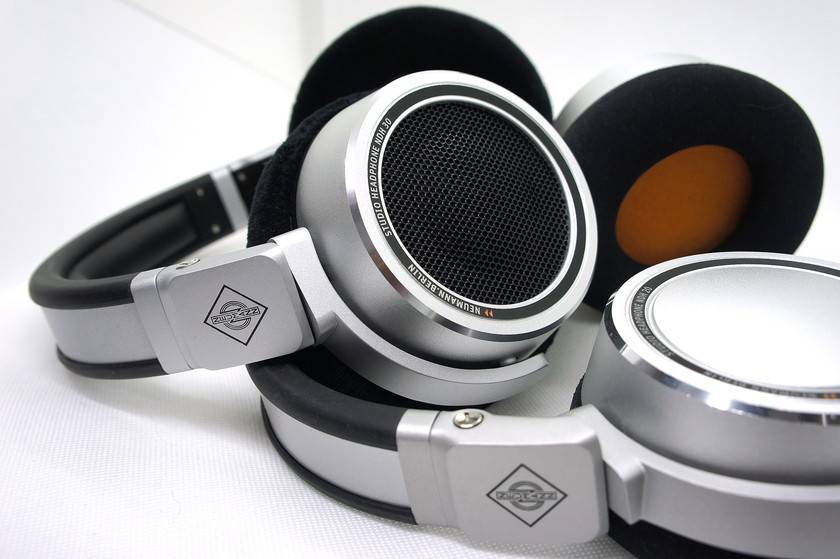
<Left: NDH 30, Right: NDH 20>
To break it down, the first point is that the sound is free of unnecessary exaggeration.
The impression of the high frequencies is particularly soft, allowing for a natural high-end that resembles the spatial characteristics of speakers, even though these are headphones. Listening with headphones inevitably means that the sound is closer to the ears than it would be with speakers, leading to a perception of sound that feels nearer. However, with the NDH 30, even though the sound is still close, you can experience a natural high frequency that seems to have naturally attenuated as it would with speakers.
The compatibility with KH monitor speakers is highlighted as a selling point, and this ‘speaker-like naturalness’ may indeed be what that compatibility refers to.
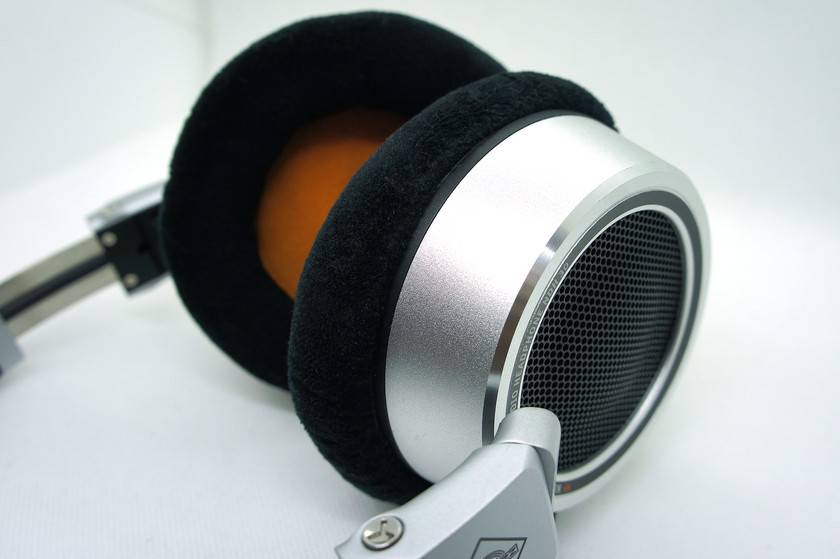
<The open-back design contributes to its natural sound>
Another aspect of the natural sound is found in the natural decay of the low frequencies. Many headphones have a noticeable cutoff point in the bass, indicating where the low end ends. However, the NDH 30 provides a natural low end without any defined ending.
In summary, both the high and low frequencies give an impression that is not typical of headphones.
While the open-back design certainly influences the sound, it feels more like a well-conceptualized open-back headphone rather than just any open-back model. This refined direction aligns with the monitoring environment of KH monitor speakers.
Additionally, the NDH 30 delivers a strong performance across the entire frequency range even at relatively low volumes, making it suitable for mixing at lower levels.
The earlier closed-back model, the NDH 20, tends to produce a more energetic sound in both low and high frequencies, a characteristic attributed to its closed-back design. This is not a negative observation; the highs are crisp and fast, while the lows are tight. In contrast, the NDH 30 presents a slightly subdued and more natural sound, positioned as a blend between a precise, fatigue-free monitoring sound and a more audiophile-oriented sound.
In terms of directional sound, both the NDH 20 and NDH 30 share the same vector; however, simply switching from closed-back to open-back wouldn’t yield this sound. It seems that a significant amount of time was invested in fine-tuning the NDH 30’s sound, considering its compatibility with the NDH 20 and KH monitor speakers.
NDH 30’s Dedicated Driver Unit
Listening to the highly crafted NDH 30 sound raises curiosity about the technology behind its creation. Upon examining the specifications, it becomes clear that the NDH 30 incorporates several custom designs, indicating that it is not merely a closed-back version of the NDH 20.
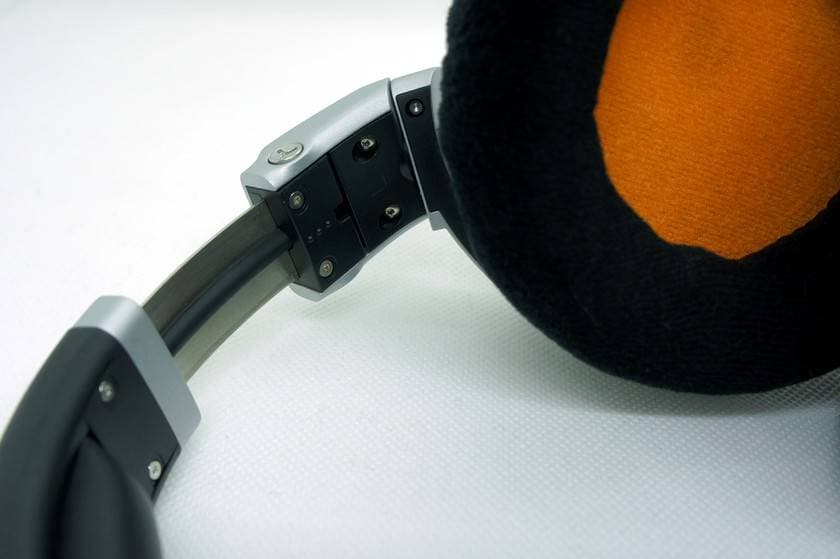
<The driver unit is subtly visible>
The most significant difference lies in the drivers. Although the specifications indicate “38 mm neodymium dynamic driver” for both the NDH 20 and NDH 30, it appears that different drivers are actually used.
The main distinction is in the structure of the diaphragm. The NDH 20 features a dual-layer diaphragm known as the Doufol diaphragm, patented by Sennheiser, while the NDH 30 employs a newly developed single-layer diaphragm driver. This single-layer design lowers the resonant frequency, enhancing the bass response and linearity.
Additionally, the overall total harmonic distortion (THD) is achieved at below 0.03%, surpassing the already low distortion levels of the NDH 20.
When considering a purchase, it’s important to note that the impedance is 120Ω, which is not particularly low. Therefore, a headphone amplifier with sufficient output and driving capability is needed to drive the headphones comfortably. Inexpensive audio interfaces may lack the necessary volume, so it’s advisable to check the headphone amplifier output of the devices you plan to connect.
Thus, while it is categorized as part of the NDH 20 Series, it feels like the NDH 30 is a newly designed headphone specifically targeting a monitoring environment with KH monitor speakers.
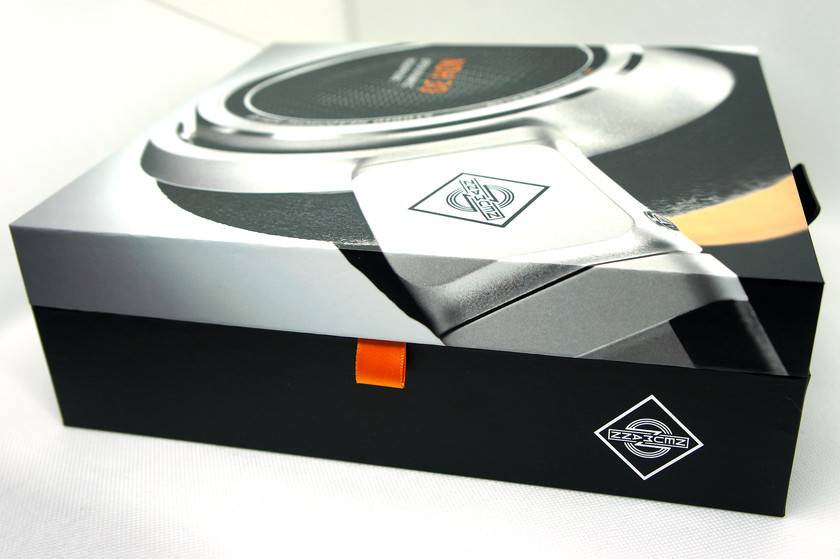
<Headphones that embody the Neumann brand>
In summary, the NDH 30 is an open-back headphone that carries the same Neumann monitoring philosophy as the KH Series. It presents an excellent option for professionals with high-quality monitoring environments, as well as for musicians who cannot fully utilize their speakers at home, offering an accessible way to introduce a Neumann monitoring environment.
While they are headphones, they are more than just ordinary headphones; they are ‘reference monitoring headphones’ that firmly inherit Neumann’s monitoring philosophy. That’s the essence of the NDH 30.
The “sound & person” column is made up of contributions from you.
For details about contributing, click here.





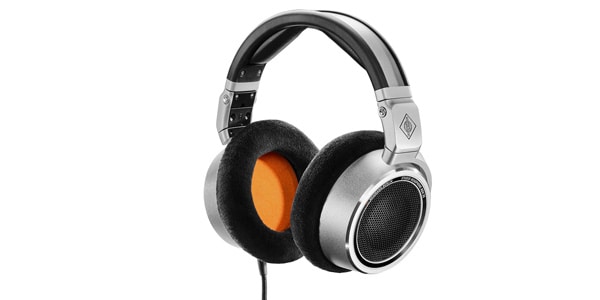


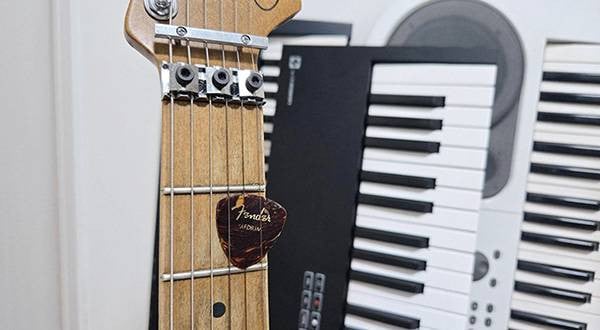
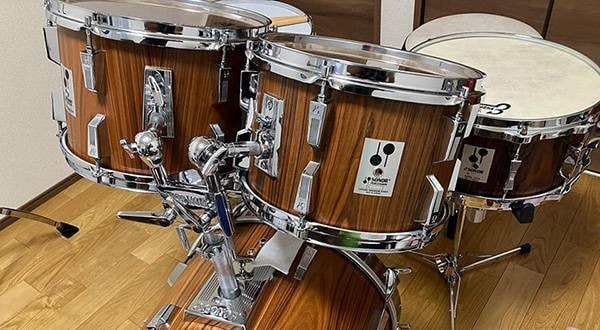
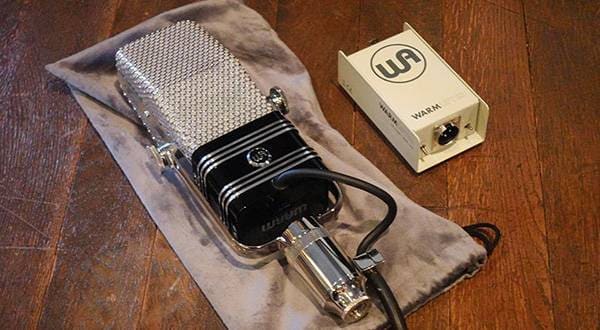
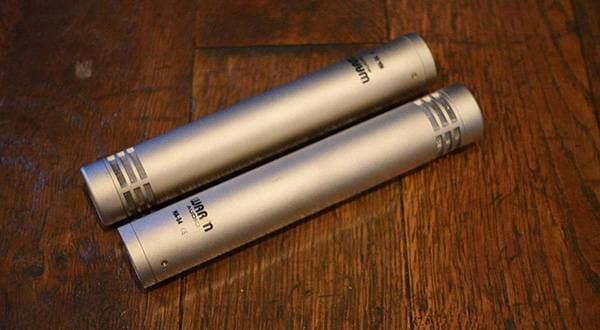

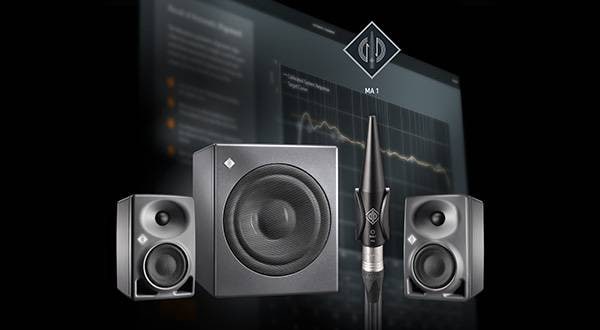
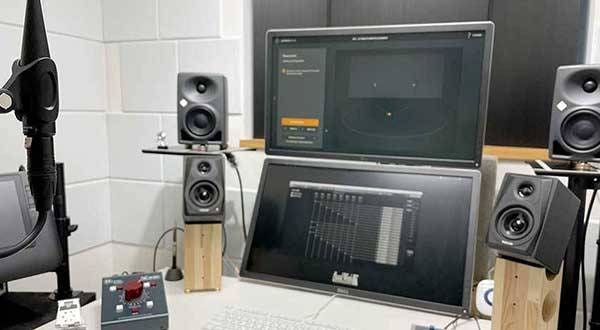
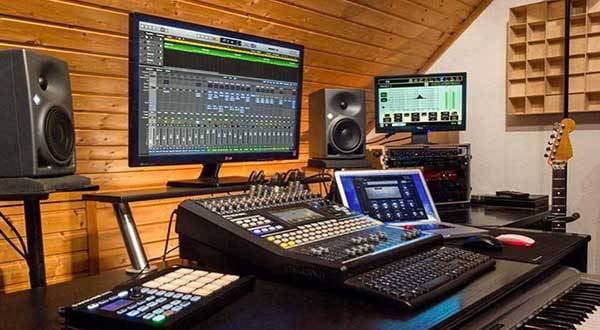
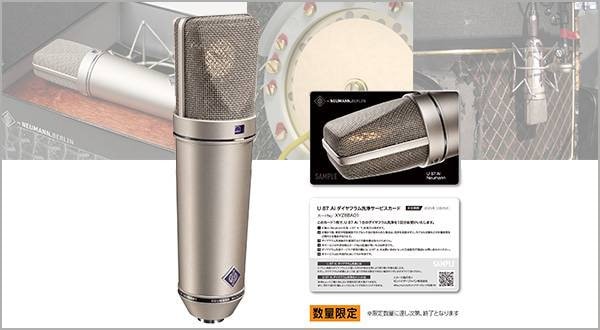
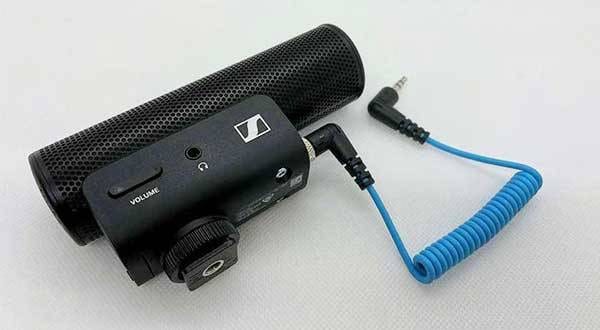
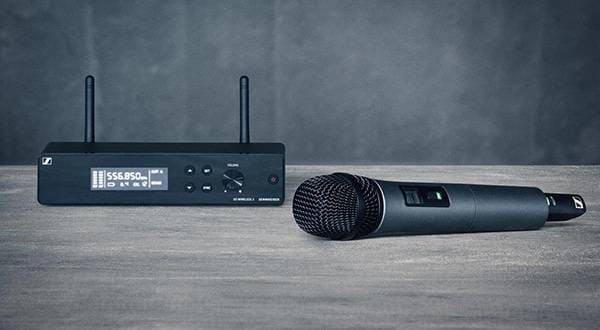
 Neumann KHモニタースピーカー
Neumann KHモニタースピーカー
 beyerdynamic おすすめヘッドホンガイド
beyerdynamic おすすめヘッドホンガイド
 厳選!人気のおすすめモニターヘッドホン特集
厳選!人気のおすすめモニターヘッドホン特集
 夏フェスを盛り上げる良音ヘッドホン・イヤホン!大特集
夏フェスを盛り上げる良音ヘッドホン・イヤホン!大特集
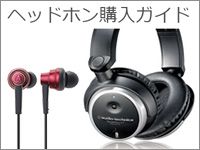 ヘッドホン購入ガイド
ヘッドホン購入ガイド
 ヘッドホン初心者講座
ヘッドホン初心者講座
